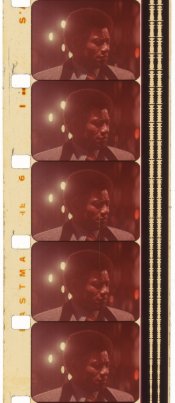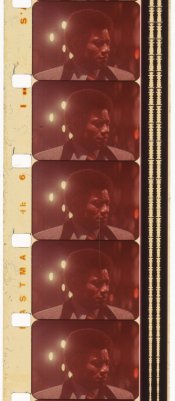yellowcatt
Member
- Joined
- Apr 25, 2010
- Messages
- 47
- Format
- 35mm
A friend has some frames from motion pictures that have faded to magenta,
would I be correct in thinking that this would be a C41 process film without mask layer? Is any restoration of the colour possible?
would I be correct in thinking that this would be a C41 process film without mask layer? Is any restoration of the colour possible?










 .
.

 (if done right which is not easy, though).
(if done right which is not easy, though).